Researchers find plastics-contaminated samples in fishmeal, identify areas of concern and call out for leadership
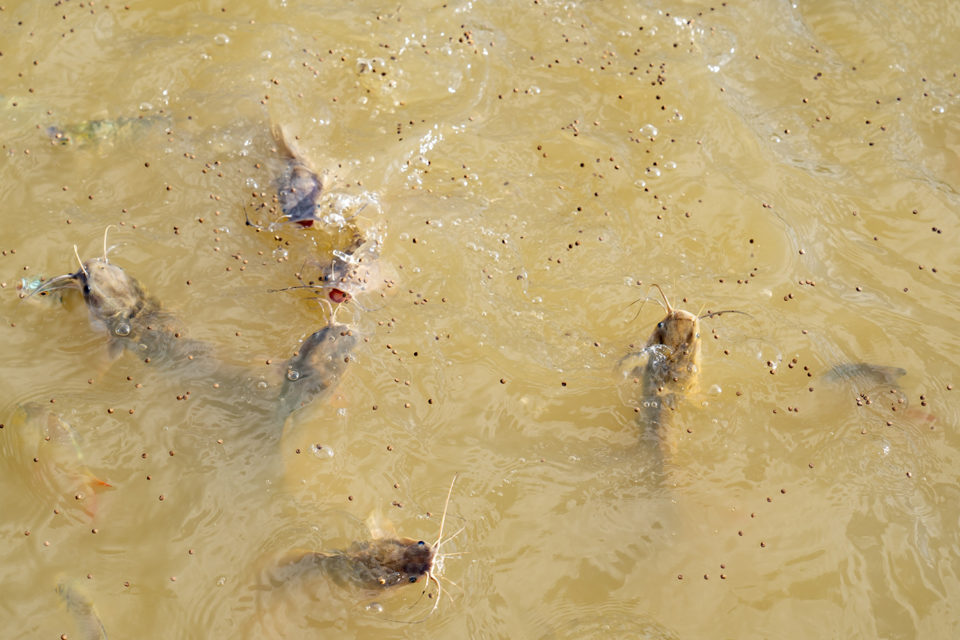
It’s been more than a decade since alarm bells began ringing in earnest over just how much plastic pollution has found its way into our waterways, onto our beaches and into nearly every corner of the ocean.
Scientists are still trying to understand exactly what the spread of microplastics – pieces of nylon, polyethylene, polypropylene and a bevy of other polymers – may be doing to our ecosystems (and ultimately to us). But what they do know is that the pollution is global, enduring and threating literally thousands of wild aquatic species.
Now scientists are extending the warning about widespread microplastics pollution to farmed fish. A new study published in Aquaculture cautions that microplastics aren’t merely contaminating wild environments, they’re also finding their way into a key ingredient the aquaculture industry relies on to grow popular species like eel, salmon, trout, shrimp, catfish, tilapia and more: fishmeal.
The researchers collected 26 different samples of commercial fishmeal from nearly a dozen countries and separated out the fibers, filaments and fragments of microplastics in each. The highest content of microplastics came from samples taken from China, while fishmeal samples from Norway and South Korea had relatively low levels of plastic contamination. In comparison, no plastic was found in krill meal obtained from Antarctica, where microplastics were only first detected in sea ice recently – additional proof, the authors say, that “seafood’s plastic content is an indicator of plastic pollution in the sea.” Even Antarctica’s remoteness is unable to prevent the contamination by the tiny plastic particles.
“Some places in the marine environment are plastic soup. If they catch fish from those areas, they will definitely catch plastic,” Sedat Gündoğdu, a marine biologist at Turkey’s Curkova University and the study’s lead author, told the Advocate.
The surprise here is not that bits of microplastic have found its way into fishmeal, says co-author Giovanni Turchini, professor at Deakin University in Australia. “I think if we look for microplastics in other raw materials, even of terrestrial origin, we will very likely find it,” he said.
https://www.aquaculturealliance.org/advocate/as-ocean-temperatures-rise-so-too-will-vibrio-outbreaks/
But the study does confirm that harvest location matters when it comes to where the anchovies, sardines, herring, mackerel, capelin and other small pelagic fish typically used to make fishmeal are caught. The paper also underscores that wild species are not the only source of microplastic pollution in fishmeal. An overlooked but significant culprit, researchers say, is the manufacturing, packaging and storage process of the fishmeal itself.

Veronique Jamin, spokesperson for IFFO, the international trade organization that represents the marine ingredients industry, says many of the small pelagic fish species that are used for the production of fishmeal and fish oil are generally short-lived – meaning their exposure to environmental contaminants like microplastics is far less than other species. IFFO will support continuing research on the issue.
“The challenge of microplastics is global and affects the whole seafood supply chain, but at this stage scientists are far from understanding the full picture,” says Jamin.
That murky understanding of the effects of microplastics and wider impacts on the ecosystem also means there’s still no industry-wide guidance for producers to turn to for guidance.
“When you check the fishmeal production process, there’s no industry standard in place to avoid plastic contamination,” said Gündoğdu.
Fishmeal production comprises a number of stages: cooking, pressing, drying and cooling, followed by bagging, storage and transport – all opportunities where microplastic contamination can and does occur, the researchers determined. Fishmeal may come in contact with microplastics from contact with conveyor belts, machinery parts as it’s being extruded, or even when it has contact with the open air as it sits uncovered.
“The possibility of an airborne plastic contamination during the processing of fishmeal cannot be ignored,” according to the paper’s authors.
Bagging for transportation is another likely area of contamination. The research team added that fishmeal producers typically use woven sacks made from polypropylene to package the final product for transportation and storage. “This might clarify why a relatively abundant amount of PP [polypropylene] type polymers in fishmeal samples was recorded,” the authors wrote.
While those woven bags might be the go-to packaging used to transport smaller amounts of fishmeal, Erik Olav Gracey, a sustainability specialist with Norwegian feed-maker BioMar, says they purchase in bulk for their fish feed factories, “so the question of bagging of fishmeal is not relevant for production of salmonids in Norway.”
But the topic of microplastic and nanoplastic contamination is certainly on BioMar’s radar and Gracey confirms they have fielded calls from concerned customers. However, Gracey maintains that the most likely origin of detected plastic particles are from the digestive tracts of the whole fish or byproducts used to make up the fishmeal, rather than the manufacturing process, and points to the Norwegian Seafood Research Fund that has financed several studies on the topic, including this one.
“There is an urgent need for more knowledge,” said Gracey. “At this stage, there is not enough [information] to establish ‘safe or unsafe’ levels of microplastics,” adding that commercial laboratories still do not have standardized testing methods.
“One of the main conclusions of these studies is the need to increase statistical powering with larger sample sizes. The industry needs more robust data on nano/microplastics in the feed raw materials, and the transference and accumulation of these particles in salmonid primary products and byproducts,” he said.
https://www.aquaculturealliance.org/advocate/worlds-largest-fly-factory-attracting-investors-eyeing-aquafeed-expansion/
If there is a silver lining, high fishmeal prices over the last decade have spurred more innovation in the sector to develop feed alternatives like microalgae and insect meal, and progress is being made on those fronts. Fishmeal levels in feed were once as high as 40 percent in the 2000s. Experts predict that number could reach as little as 6 percent of aquaculture feeds in the near future, depending on the industry’s growth trajectory. But whether that’s a low-enough level to eliminate all concerns of microplastic contamination is unknown. U.S. growers looking to the National Oceanic and Atmospheric Administration for a more conclusive answer to the question will have to wait, as the agency does not employ an expert on the topic and declined to comment for this story.
A reduction in fishmeal use may ultimately reduce opportunity for microplastics to contaminate in commercial feeds, but it won’t eliminate the larger plastics pollution problem on its own. Turchini sees it an opportunity for industry leadership.
“The first thing the aquaculture industry should do is stop using plastic,” said Turchini, adding that it’s that type of bold move that may give the industry far more sway when asking others to reduce their use of plastics in an effort to stem further contamination of our oceans. “The reality is that if we use plastic, we are contributing to that.”
Follow the Advocate on Twitter @GAA_Advocate
Now that you've reached the end of the article ...
… please consider supporting GSA’s mission to advance responsible seafood practices through education, advocacy and third-party assurances. The Advocate aims to document the evolution of responsible seafood practices and share the expansive knowledge of our vast network of contributors.
By becoming a Global Seafood Alliance member, you’re ensuring that all of the pre-competitive work we do through member benefits, resources and events can continue. Individual membership costs just $50 a year.
Not a GSA member? Join us.
Author
-
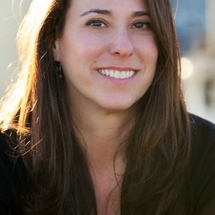
Clare Leschin-Hoar
California-based journalist Clare Leschin-Hoar covers food policy and seafood. Her work has appeared in The Guardian, NPR, Scientific American, EatingWell and many more. Follow her on Twitter @c_leschin
Tagged With
Related Posts
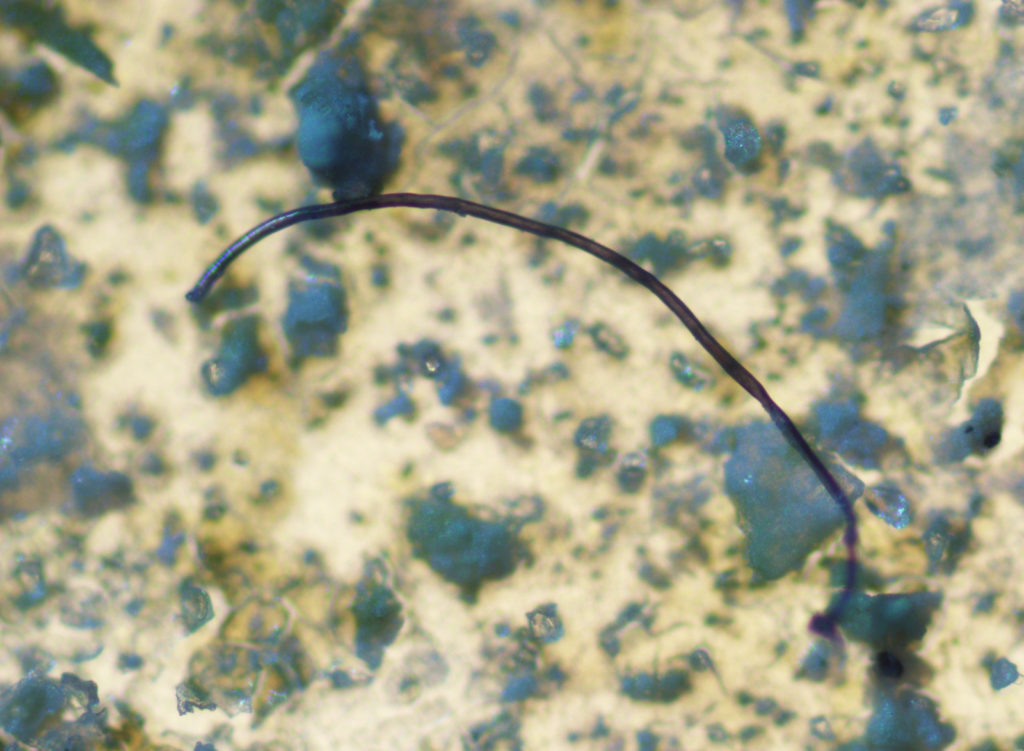
Responsibility
They’re ‘everywhere’: The pervasiveness of microplastics
How has the plastic in aquaculture operations contributed to microplastic pollution? And is plastic pollution contaminating aquaculture products? The Advocate takes a closer look.
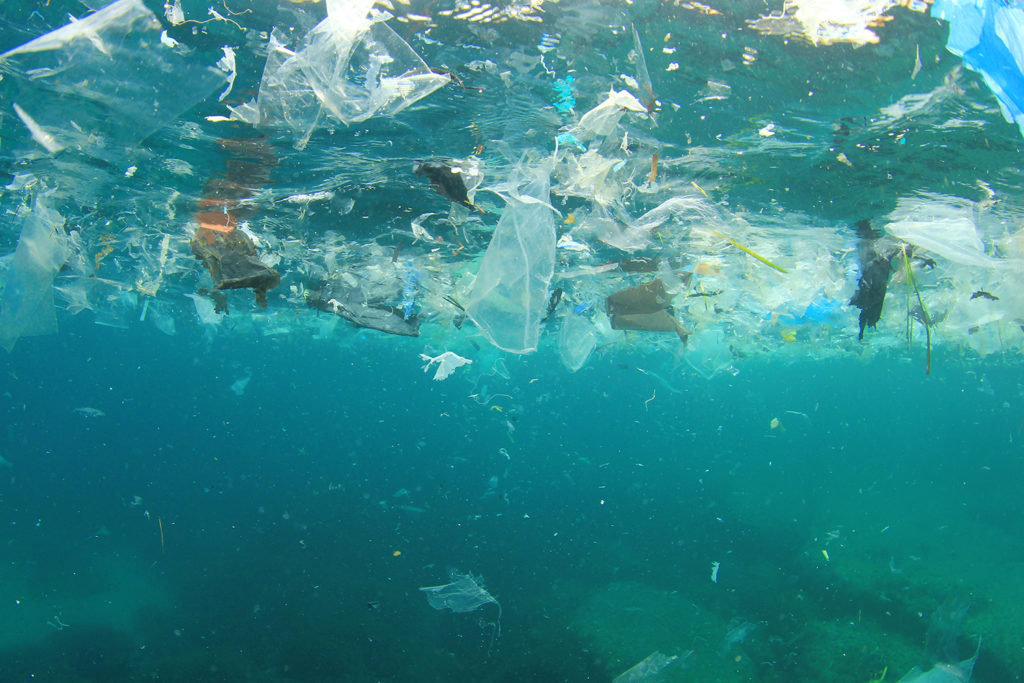
Responsibility
What threat do microplastics, a.k.a. ‘ocean hitchhikers’, pose to aquaculture?
A Trends in Microbiology paper posits that ocean microplastics could be a vector for pathogens, spreading antimicrobial-resistant genes.
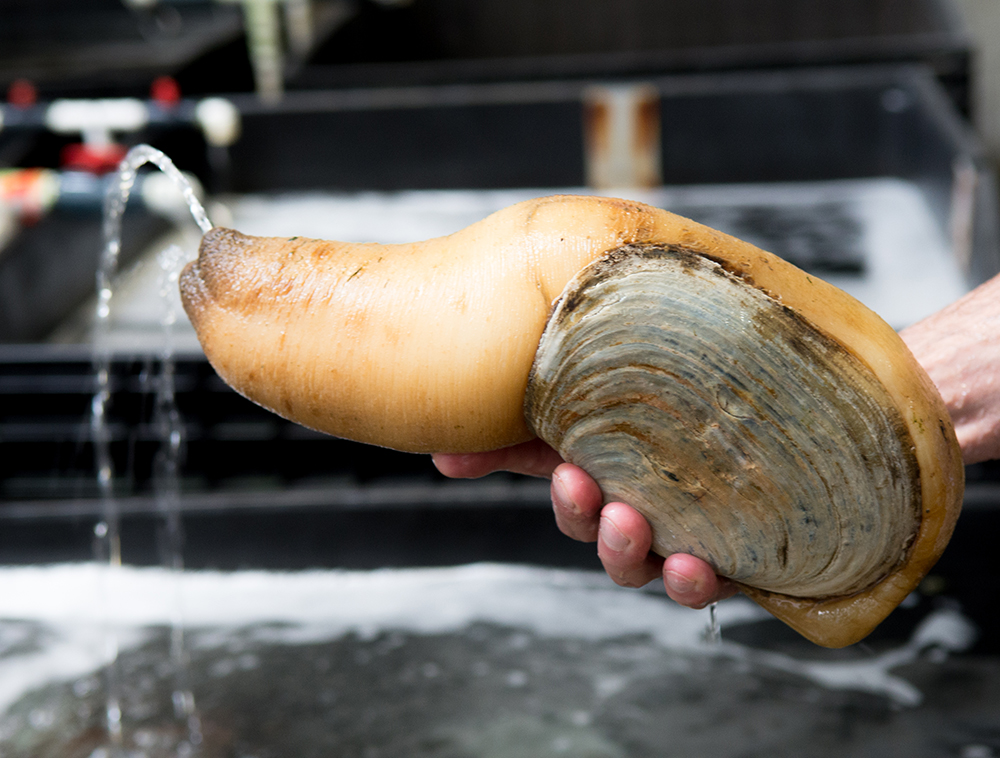
Intelligence
Despite Seafood Watch downgrade, few market changes for geoducks
A rating change for Pacific geoducks farmed in Washington state and British Columbia surprised and confused many in the field, since it’s a segment of the industry generally considered sensitive to sustainability issues.
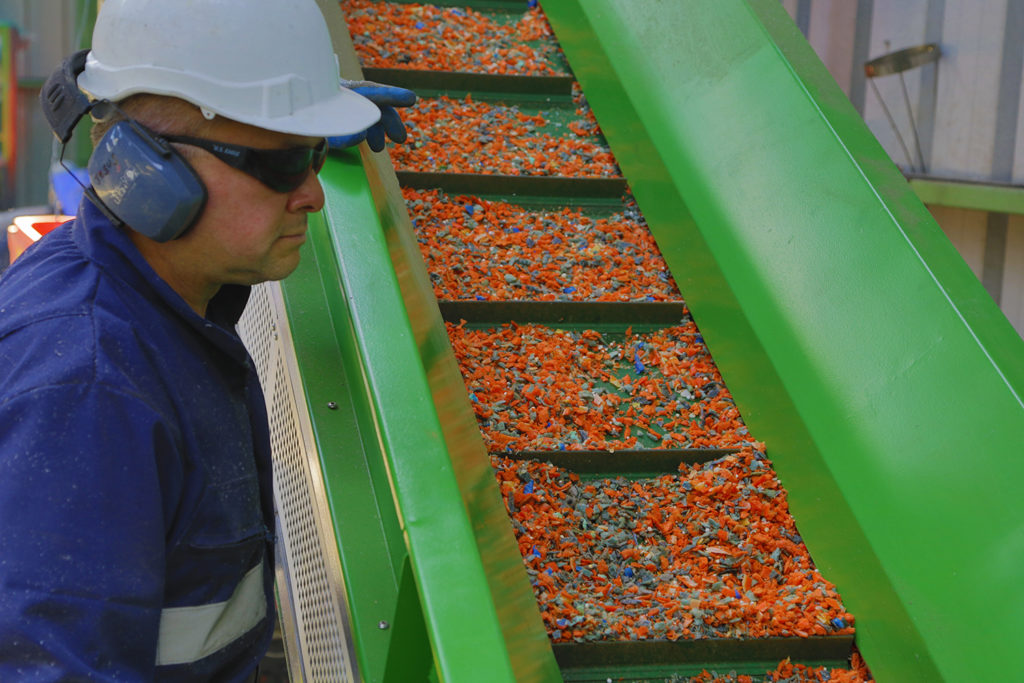
Responsibility
Repurposed: Adding value to aquaculture via recycling
With sustainability and environmental protection becoming increasingly prominent in Chile, recycling firms like Greenspot are drawing attention.

